Marjoram (Origanum majorana) is a popular herb with a unique and appealing flavor profile. Here is a detailed description of marjoram:
Appearance:
- Marjoram is a small, bushy herb that typically grows to a height of about 12 to 24 inches (30 to 60 centimeters).
- Its slender, woody stems are covered with small, oval-shaped leaves that are light green in color.
- The leaves are opposite, meaning they grow in pairs along the stem, and they are often covered with fine hairs, giving them a slightly fuzzy texture.
- Marjoram produces small, white or pale pink flowers in summer, adding a delicate beauty to its appearance.
Flavor and Aroma:
- Marjoram has a gentle, sweet, and citrusy flavor with subtle hints of pine and mint.
- Its aroma is aromatic, slightly spicy, and warm, which makes it an inviting herb for culinary use.
Culinary Uses:
- Marjoram is a versatile herb that is used to season a wide range of dishes.
- It complements the flavors of meats such as lamb, pork, and poultry, as well as seafood and vegetables.
- Marjoram is a common ingredient in herb blends like herbes de Provence and Italian seasoning.
- It is used in various Mediterranean and Middle Eastern cuisines to enhance the taste of soups, stews, sauces, and marinades.
- Fresh marjoram leaves are often added to dishes near the end of cooking to preserve their delicate flavor.
Medicinal and Health Benefits (Traditional Uses):
- Marjoram has been used in traditional medicine for its potential health benefits, although scientific research is ongoing.
- It has been historically used to alleviate digestive issues, headaches, and anxiety.
- Some believe that marjoram may have anti-inflammatory and antioxidant properties, but more research is needed to confirm these effects.
Aromatic Uses:
- Marjoram’s pleasant fragrance makes it a popular choice for potpourri, herbal sachets, and aromatherapy.
- Marjoram essential oil is used for its soothing and calming properties in aromatherapy practices.
Growing Conditions:
- Marjoram is relatively easy to grow and can thrive in well-drained soil with plenty of sunlight.
- It can be cultivated in gardens, raised beds, or pots and containers.
- In regions with harsh winters, marjoram is often grown as an annual or brought indoors during the colder months.
- Regular pruning and harvesting of the leaves can encourage the plant to produce more foliage.
In summary, marjoram is a delightful herb with a mild, sweet flavor and a versatile range of culinary and aromatic uses. It adds depth and character to a variety of dishes and can be a valuable addition to both herb gardens and kitchens.

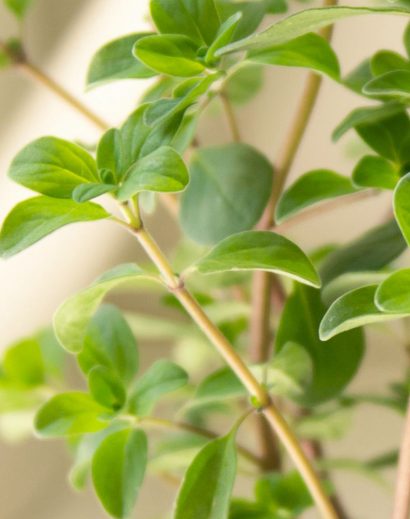
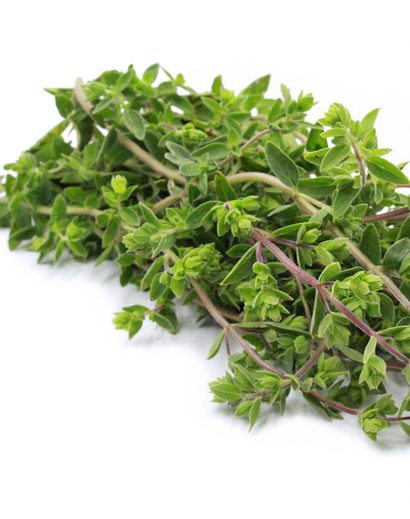
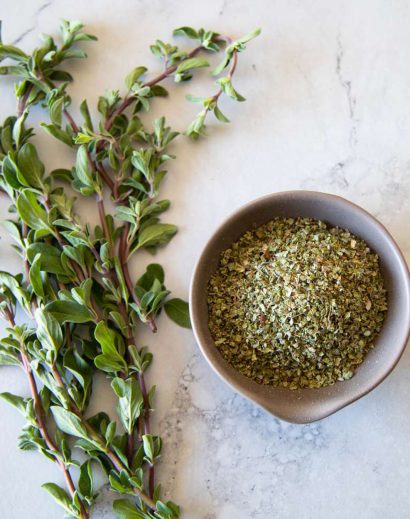
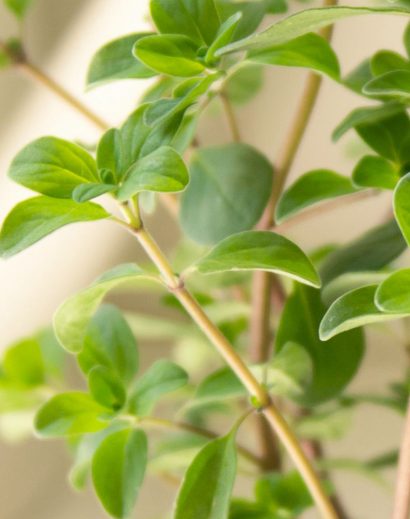
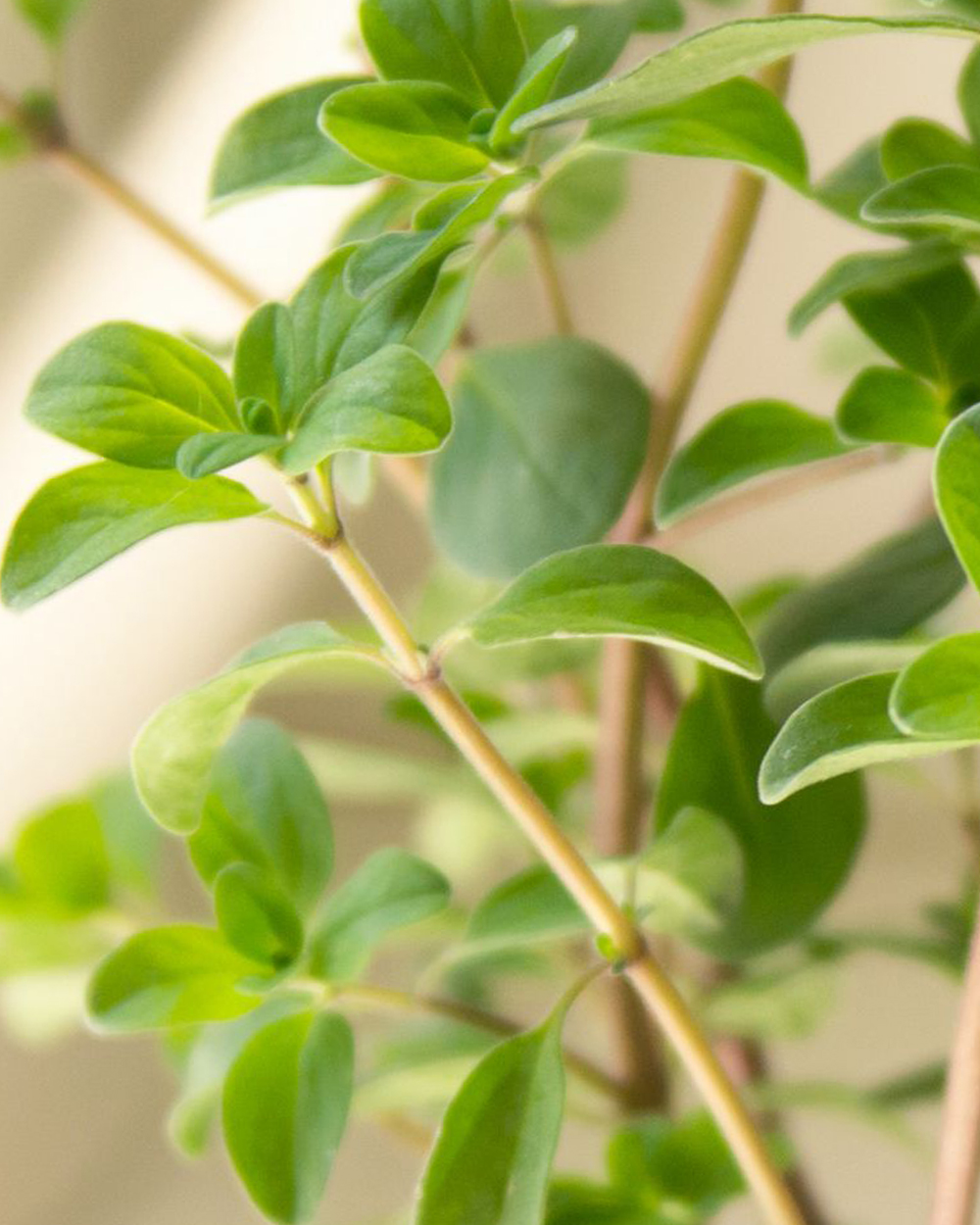
Reviews
There are no reviews yet.